Coastal Cleanup day calls for a cleaner future
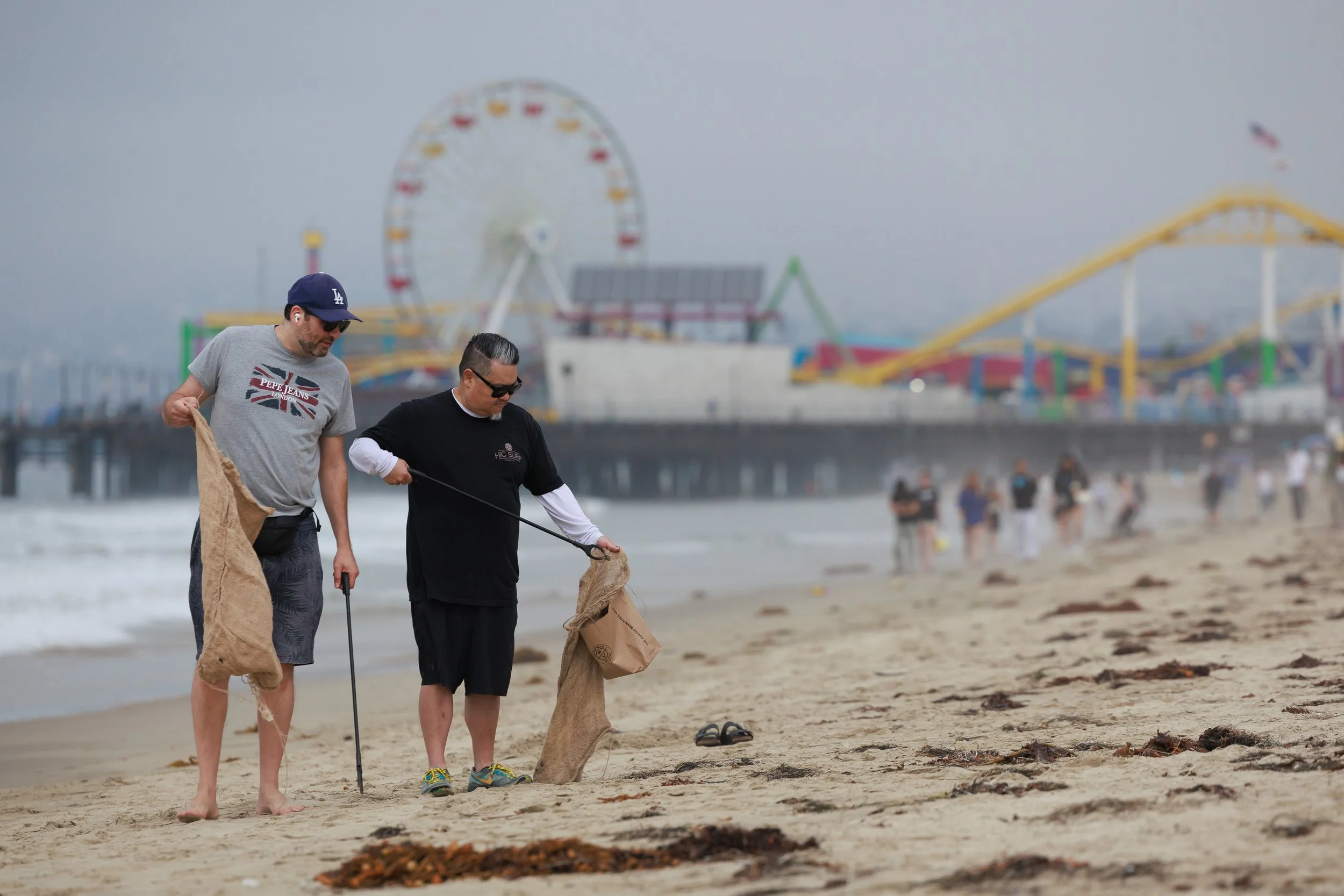
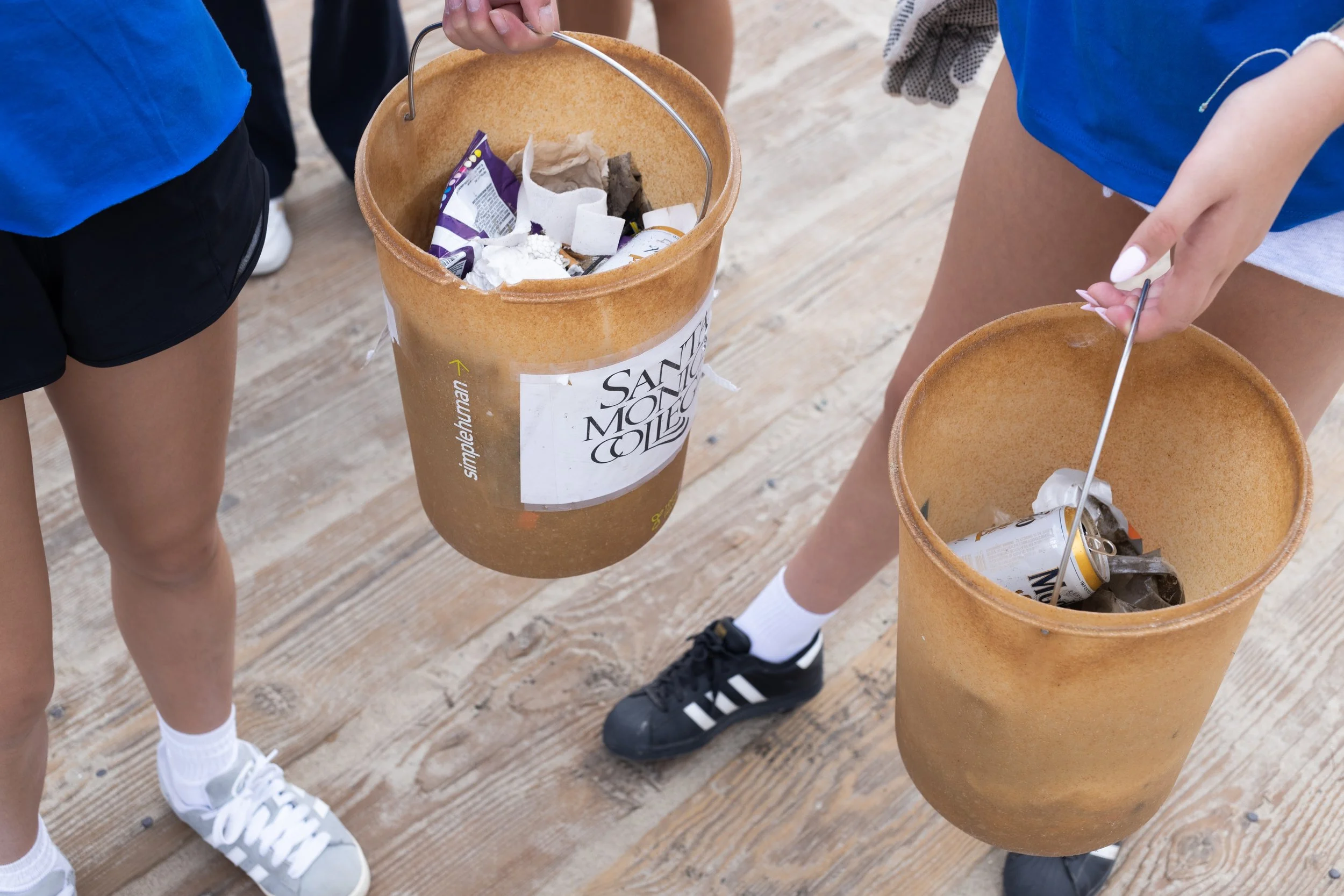
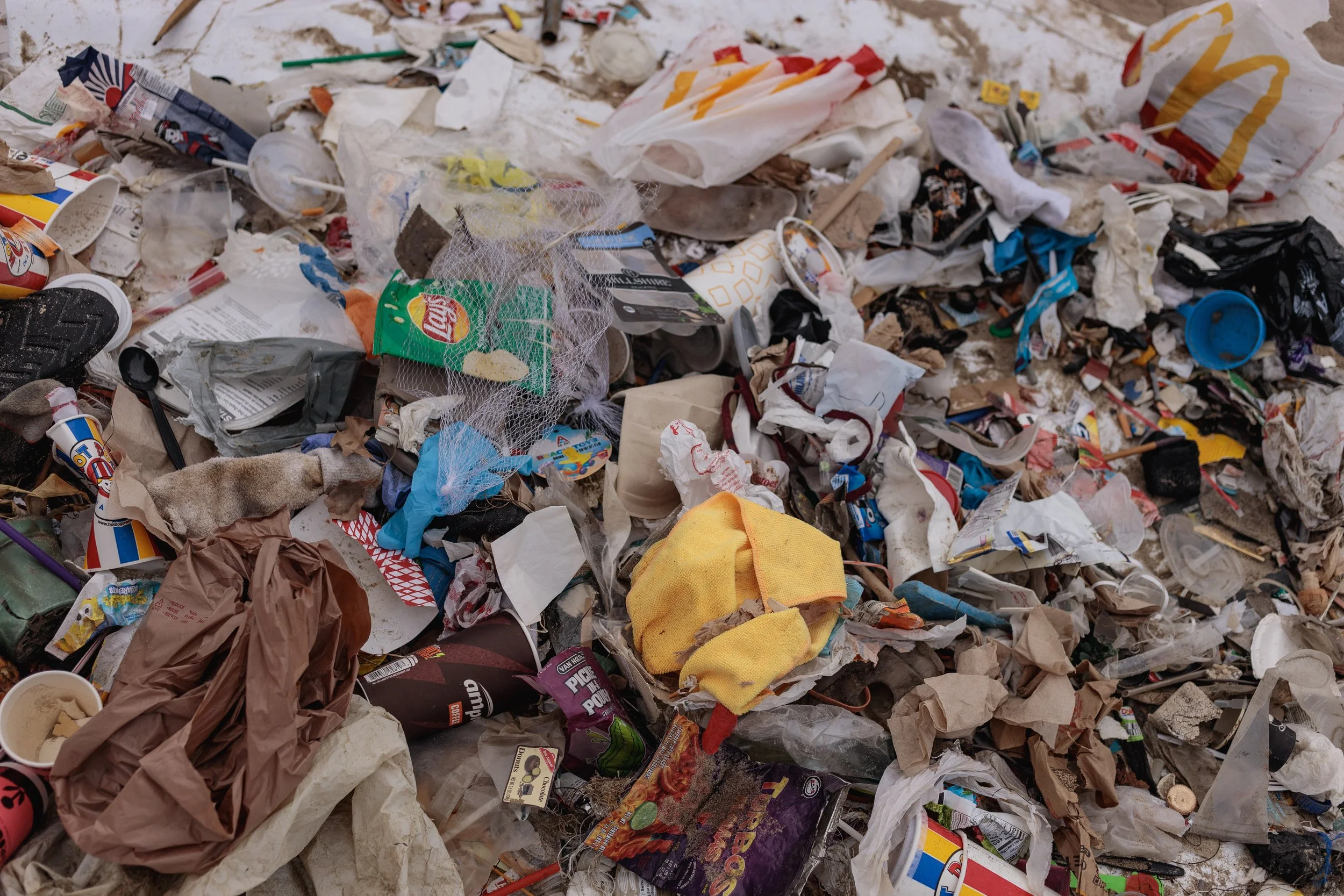
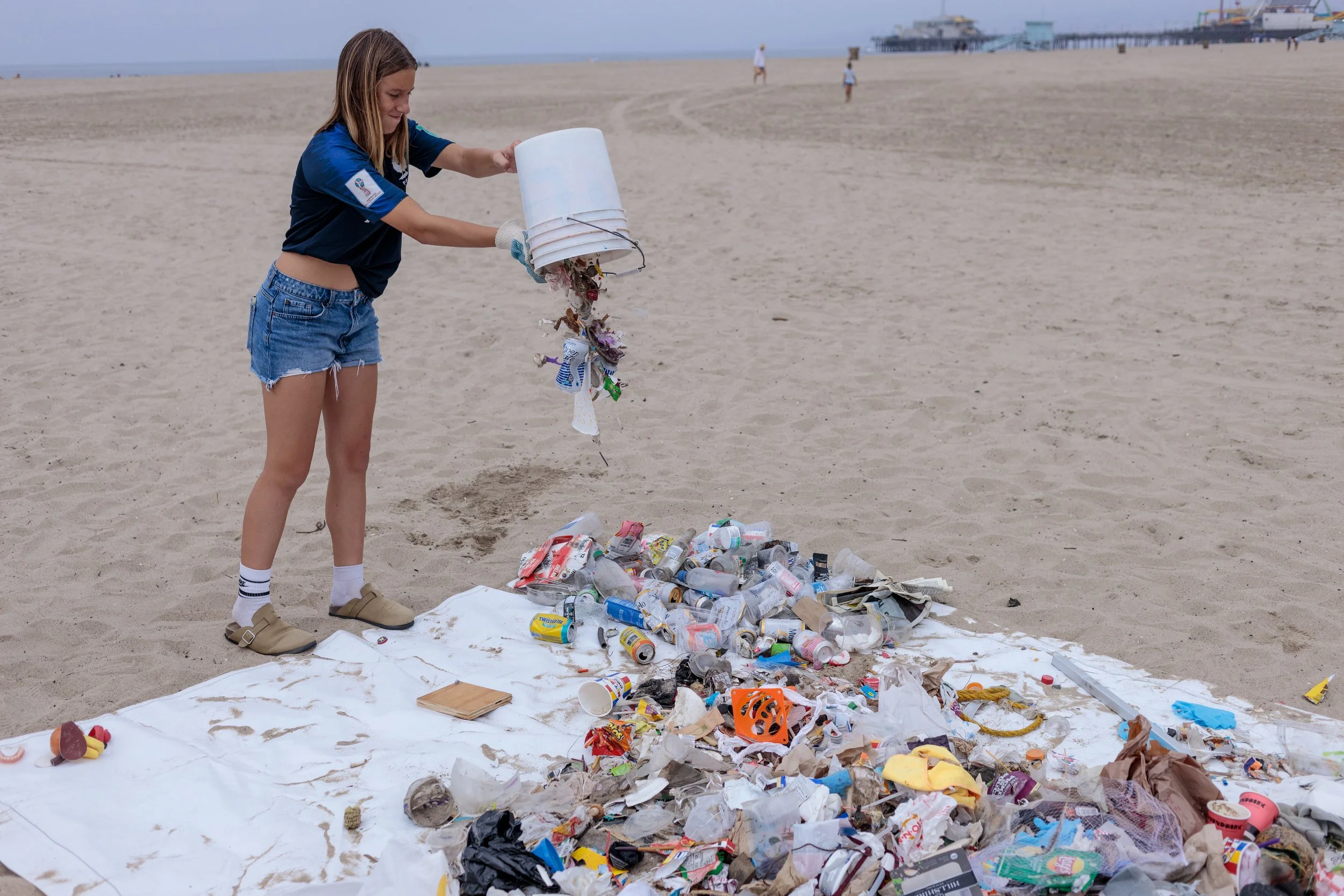
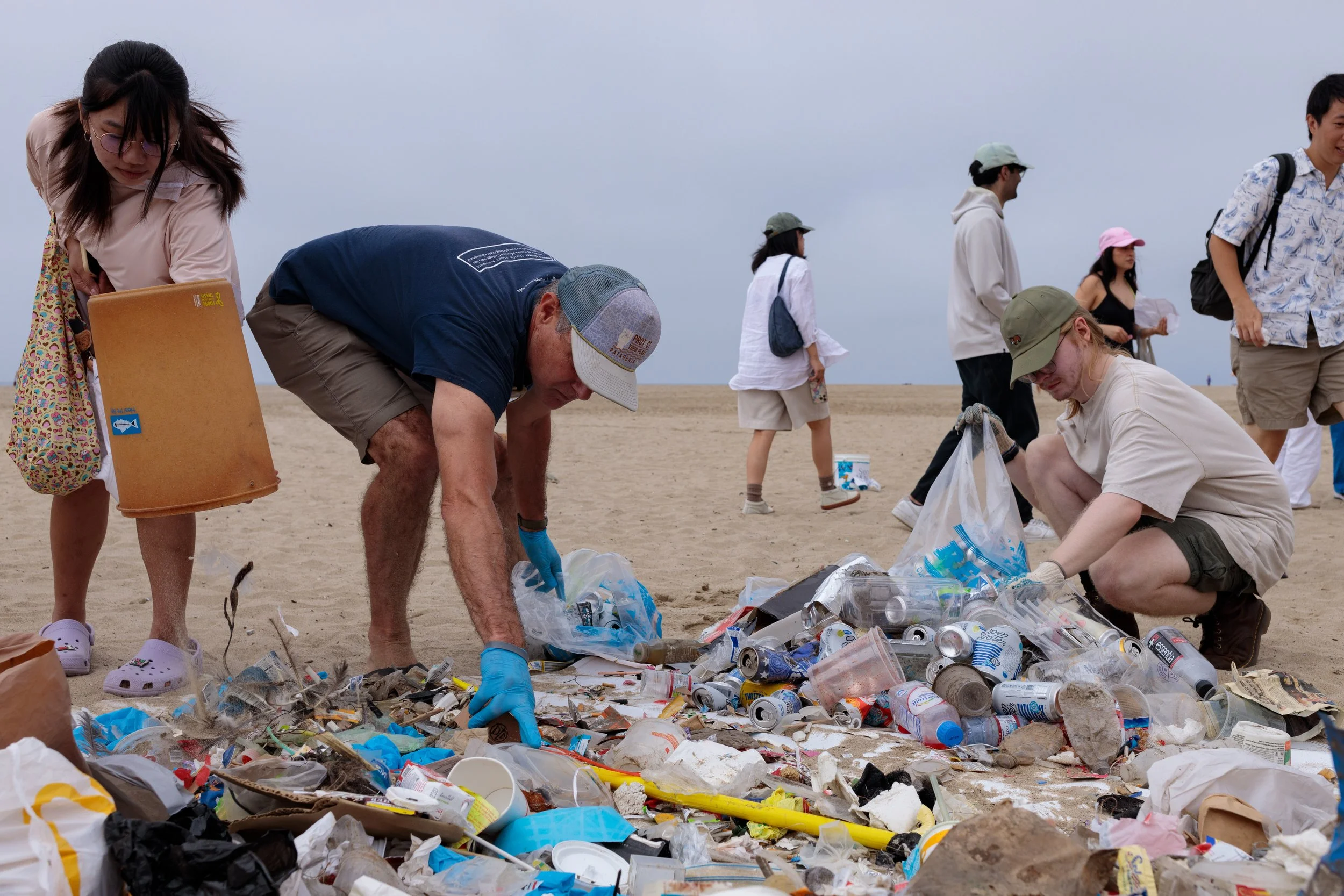
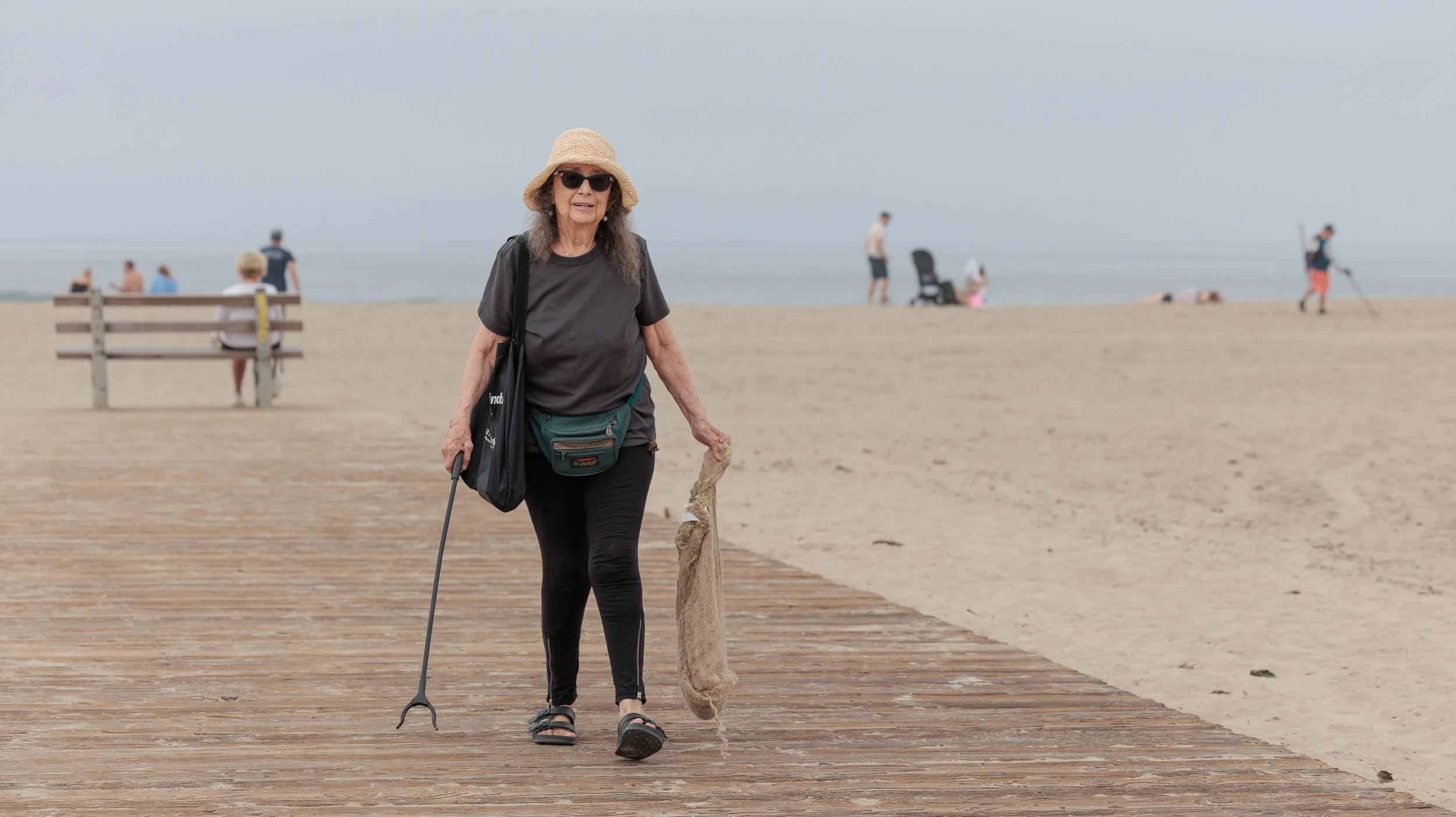
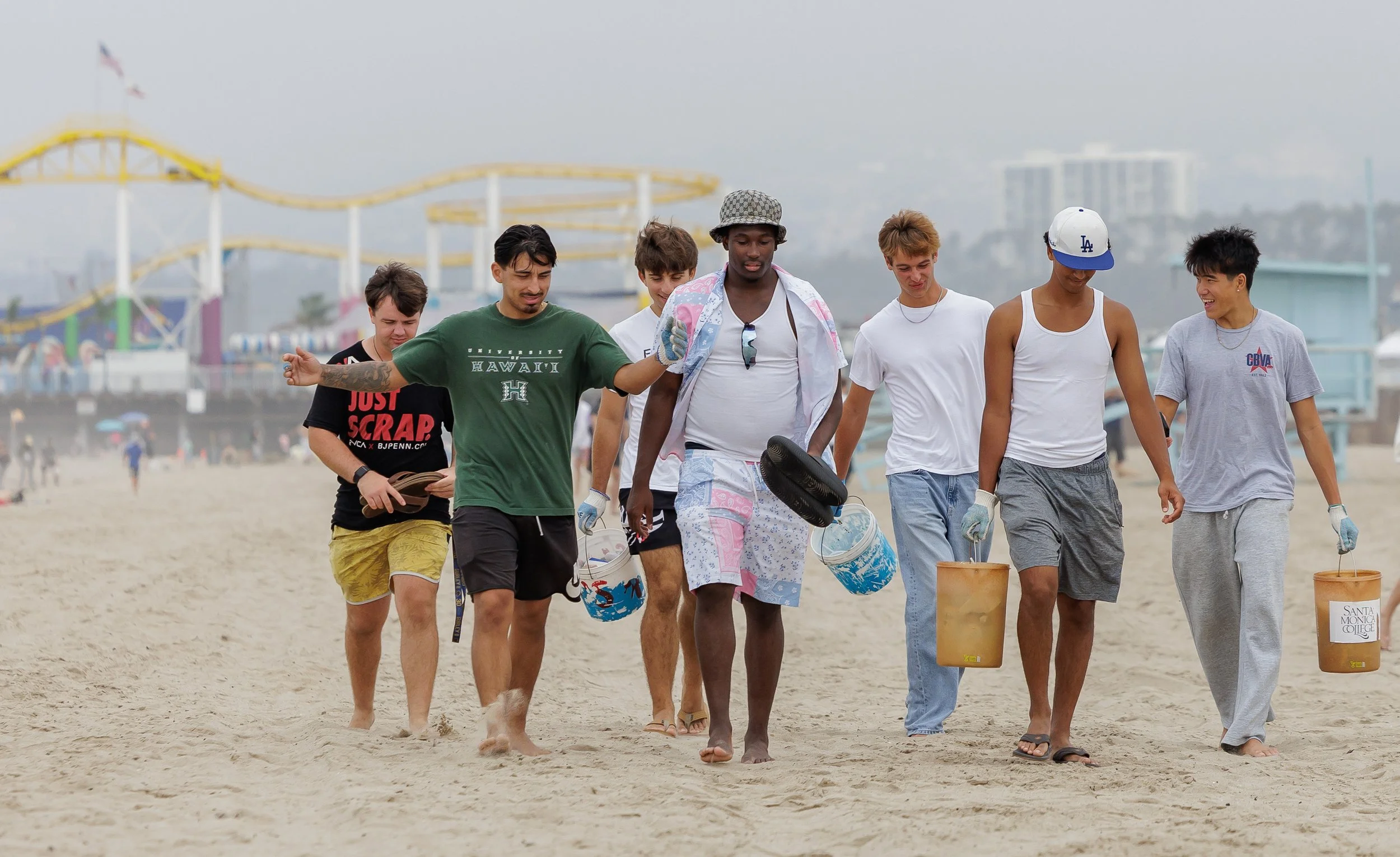
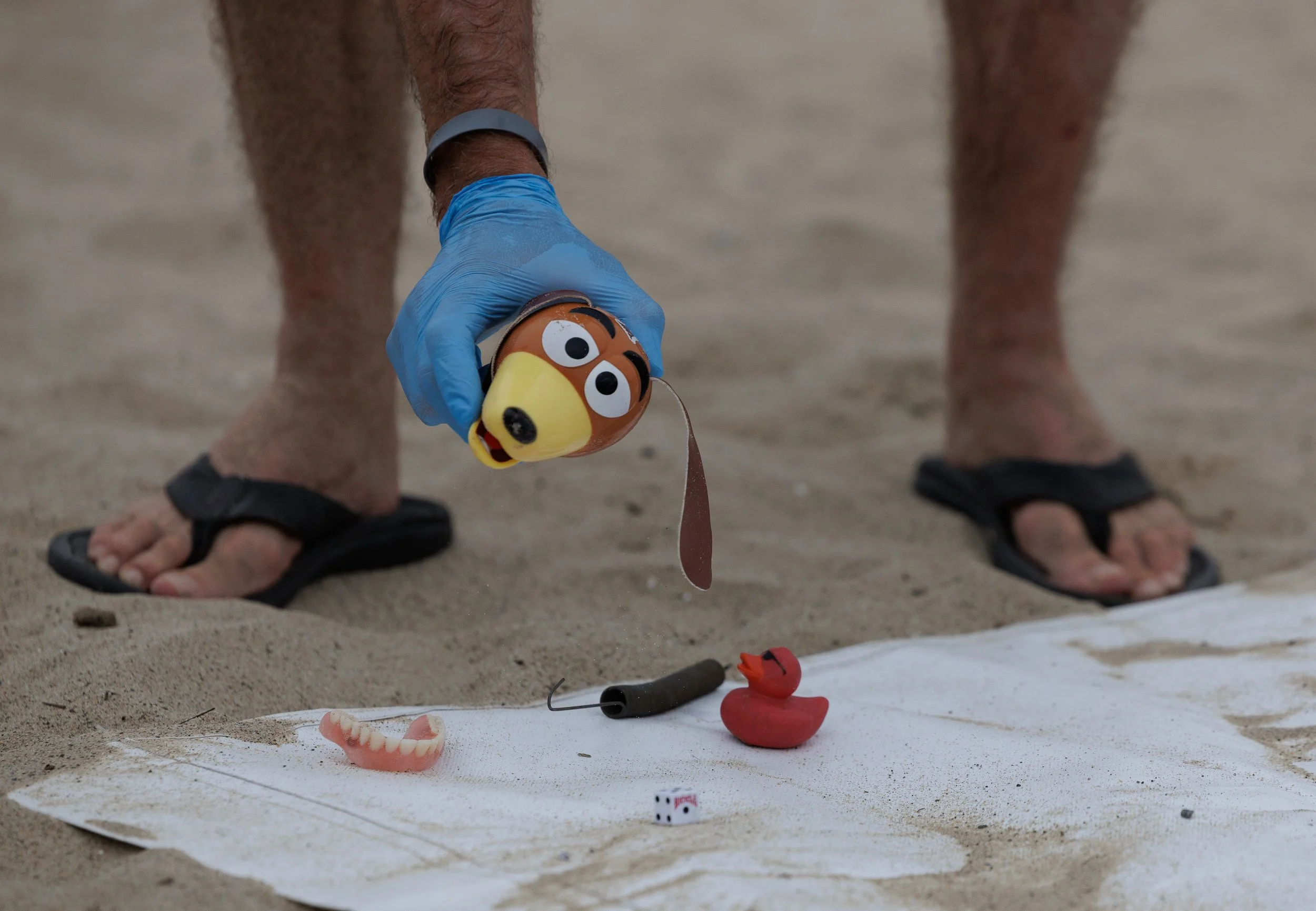
International Coastal Cleanup Day was Sept. 20. This event is a global call to action, inciting people to pick up trash from waterways such as oceans, rivers and lakes in attempts to preserve wildlife. At Santa Monica beach, volunteers took to the coast with buckets and gloves provided by the Santa Monica College( SMC) Sustainability Center.
“We host this cleanup every year,” said Ferris Kawar, the sustainability director at SMC. “What we’re trying to do is to keep the man-made trash pollution from getting out into the ocean.”
Kawar led safety information orientations for over 200 volunteers prior to the cleanup. He explained to volunteers what items to pick up, and how trash on the beach affects both animals and humans alike.
“Sea life sees our man-made trash and they think it's food… they’re eating it. They're filling their bellies, they're starving because they don’t have nutrients and they’re dying.” Kawar said. “And it's a problem because we don't want that to happen to birds and fish, but it's also bio-accumulating up the food chain.” Because humans eat fish, what is in their system ultimately ends up in ours. “...We’re getting the chemicals and the pollution in our diets.”
Aside from picking up trash, Kawar has a few suggestions for the average person who is interested in making a positive impact on our environment. He pointed out that every building at SMC has filtered water fountains ideal for refillable water bottles, which are better than excessive discarding of plastic bottles. When taking leftovers home from restaurants, he urges against taking plastic utensils and napkins if you have them at home.
“So it’s those little things that you can do,” he said. “ The most impactful thing a student can do is drive less.” 19% of Los Angeles greenhouse gas emissions are tied to transportation. “In Santa Monica we’ve got a lot of great bike paths… increasingly better transit options. We just need to break the mental habit of just going for the keys everytime.”
The SMC Sustainability Center partnered with the Tau Tau Omega chapter of Alpha Kappa Alpha(AKA) Sorority and Heal the Bay.
Heal the Bay is a Santa Monica based environmental nonprofit that is committed to creating cleaner coastal waters in the Los Angeles area. AKA is a historically black sorority “dedicated to making a positive impact through impactful community service, uplifting one another, and upholding the principles of our sisterhood,” according to their website. The organizations met at SMC’s adopted beach section, the “Inkwell” on coastal cleanup day.
The Inkwell is known as a historic site that aided in opening up public beaches for all races during the Jim Crow era. Historically, Santa Monica beach allowed black visitors while others looked down on this notion.
Nicolas Gabaldón, an SMC alumna who was the first recorded Afro-Latino surfer in California, is recognized as a trailblazer and key component in integrating the beach. The Inkwell was originally a derogatory expression created by white SMC students in reference to Black beach go-ers. Despite this, the Inkwell remains a proud gathering spot for a variety of humanitarian efforts.
